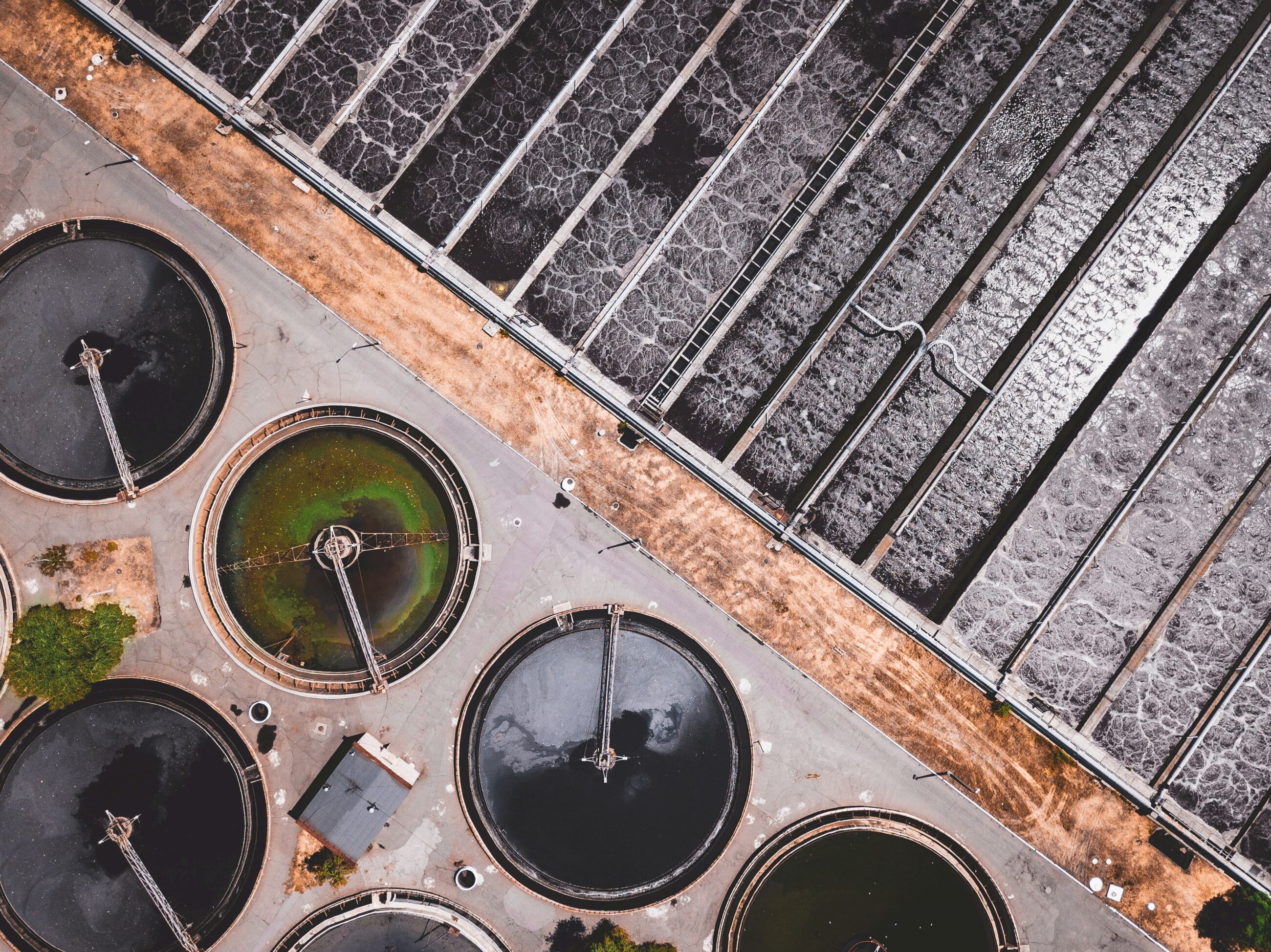News
Bioenergy
Biogas
Energy recovery from wastewater
+3
Copenhagen on the way to 100 per cent green gas by 2025


Metropolitan Copenhagen’s utility company, HOFOR, completed the introduction of a new upgrading facility at the end of 2018. The facility extracts carbon neutral gas from Copenhagen citizens’ sewage, thereby reducing the share of natural gas that is used to power the city and allowing the city’s gas to become green – faster. The rapid development has surprised HOFOR, with a new record being set in June this year, where 44 per cent of the city’s gas was carbon neutral.
”This is fantastic and represents enormous progress, as it allows us to save Copenhagen several thousand tonnes of harmful carbon, but we won’t be stopping at that”, says HOFOR’s head of gas, Morten Stanley.
60 per cent by 2020
According to Morten, HOFOR aims to meet sixty per cent of Copenhagener’s gas needs with carbon neutral gas by 2020. Currently, 300,000 Copenhageners use gas.
“We’re working together with BIOFOS to get more biogas in the city’s gas network. The biogas injected into the city’s gas grid originates from so-called ‘fresh’ sewage sludge that is sourced from the sewage treatment plants Lynetten and Avedøre in Copenhagen. However, to ensure we can supply a greater share of biogas, we have entered into dialogue with several actors in the utility sphere, where other sewage treatment plants and waste plants are obvious potential partners. In addition, we’re also looking at new technologies such as power-to-gas, where via electrolysis; electricity is converted to hydrogen and makes it possible to store electricity in the natural gas grid where stocks are stored underground”.
-Related publication: Unlocking the potential of wastewater
The long-term goal is that Copenhagen’s gas will be completely carbon neutral by 2025, but Morten Stanley doesn’t reject the idea that HOFOR can reach this target ahead of schedule.
Copenhagen citizens supply their own biogas
The biogas in the Copenhagen gas grid is produced from the sludge in the sewage. Simply by washing up or using the lavatory means that Copenhageners contribute to the production of biogas. When the toilet water and other sewage come into contact with bacteria in the digesters at BIOFOS’ sewage treatment plant, the biological material undergoes a process of putrefaction, which creates biogas in the form of methane and CO2. Instead of the gas being dispersed into the atmosphere, heightening temperatures even more, HOFOR treats the gas and injects it into the natural gas grid.
-Related solution: Sludge for energy at Copenhagen's largest wastewater treatment plant
“This is a good example of how we can reduce CO2 emissions by doing things in a smarter way. When we mix Copenhagener’s ‘own’ gas into the city’s gas, we reduce CO2 emissions. It’s brilliant,” Morten Stanley concludes.
Sources: HOFOR, Energy Supply
Photo: Photo by Ivan Bandura on Unsplash
You should consider reading
publications
Resource efficient production
+15















